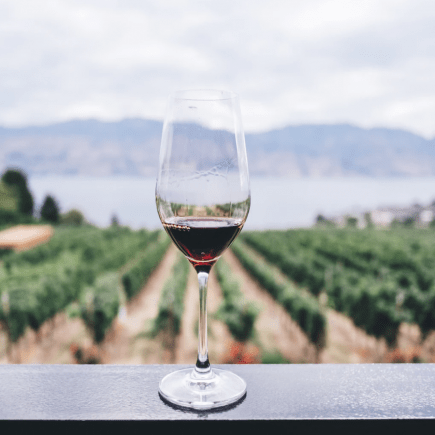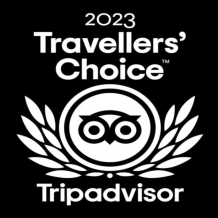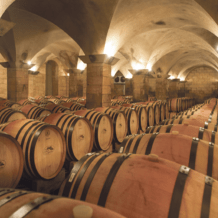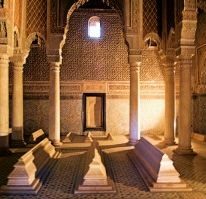
During the past decade, travelers visiting Morocco yearned one thing, the opportunity to cap off their evenings with a fine bottle Moroccan wine. Recent reports published by the Spanish Newspaper Periodista highlight that the wine industry is booming in Morocco. The region of Casablanca, Meknes-Volubilis, and Essaouira all have vineyards where some of Morocco’s finest wines are procured. These wine plantations are primarily located in rural areas and each offers private, guided visits along with tastings and lunch.
Sipping a glass of rose or merlot in Morocco is now commonplace for travelers at restaurants and boutique hotels. Morocco’s wine industry is booming and the best wines procured by local wineries can be found throughout the country.
In 2018, 38 million bottles of wine were consumed in the North African country. Thus far-red wine is the favorite choice of Moroccan wine producers. 77% of production is attributed to Red Wine. Rose and Gris wine is also commonly known in the country, however, the production is 16.4%. White wine is the least produced, buzzing only at a production rate of 6.6% each year.
Considering Morocco is predominately a Muslim country and consumption of alcohol is forbidden to Muslims living in the Kingdom, these statistics confuse many. Officially, a royal decree established in 1967 prohibits the sale of alcohol to Muslims. Furthermore, obtaining an alcohol licensee for restaurants, hotels and local establishments is often a difficult process.
In spite of these challenges, the Moroccan Kingdom is focused on expanding the agricultural sector. Morocco’s Ministry of Agriculture (a non-Islamist minister) Aziz Ajanuch promoted the Green Morocco Plan program. He agreed that including the expanding of vineyards, wine production was an important part of boosting Morocco’s agricultural economy.
Since the 1930s Morocco has invested in increasing its wine vineyards. Today Morocco employs 20,000 people working among three large wine companies, Les Celliers de Meknès (est. in 1964), Castel and Thalvin group in Benslimane (est. in 1927), and Les Deux Domaines owned by French actor Gerard Depardieu, who produces Lumière wine.
Morocco also has a dozen vineyards with fourteen guaranteed designations of origin: Gharb, Zerboune, Guerrouane, Zemmour, Chella, Sidi-Zahia, Zenata, Zaer, Doukkala-Sais, Saiss, Beni -Sadden, Beni-M’tir, Berkane, and Angad. There are also three controlled designations of origin: Crémants de L’Atlas, Coteaux de L’Atlas, and Rommani. One of the foundational wineries in Morocco was a cooperative winery in the Tifrit region. From 1936-1970, it was recognized as an important wine area by the international wine community. Tifrit is still an important wine area in Morocco.
Wine has a presence in Morocco as a result of colonization. Moroccans have cohabited with many different cultures. Historically, the Romans built the ruins of Volubilis, near Meknes, which is considered a mecca for wine in Morocco. Meknes alone receives over 130,000 travelers annually, and many come to explore the vineyards. The Portuguese and Spanish also had a strong presence in Morocco. The Portuguese brought grapes to Azemmour, Safi and El Jadida, and also influenced, the growth of grapes in the regions of Tangier, Larache, and Essaouria. Northern Morocco’s Spanish presence in Tetouan and Tangier resulted in a strong influence of wine and of which is no stranger to the Bride of the North.





